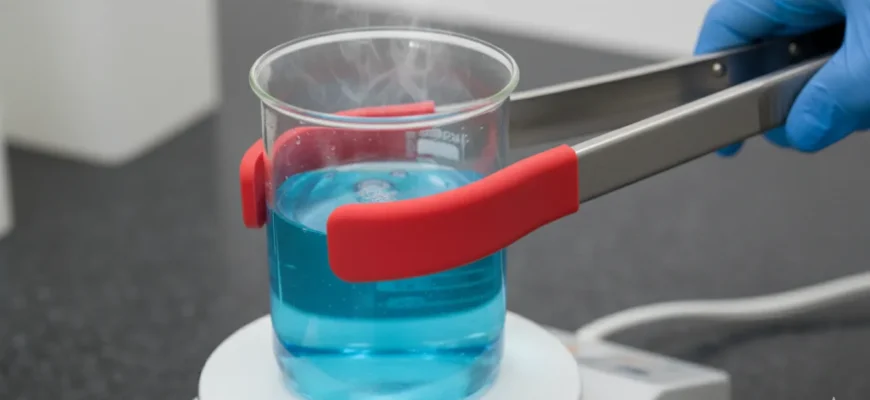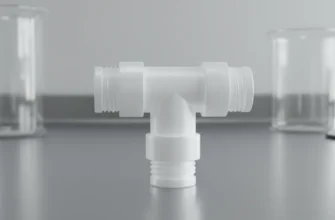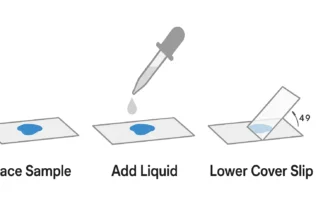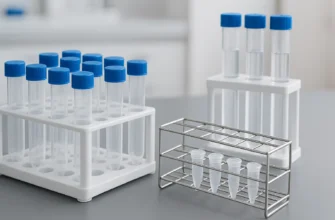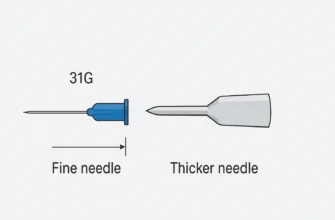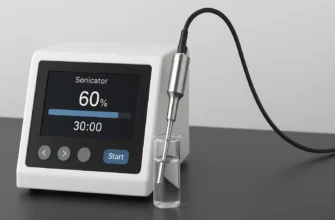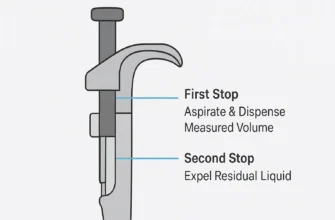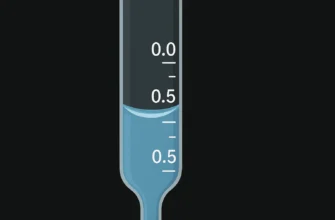Essential Beaker Tongs: Updated & Fact-Checked Guide for Chemistry Labs
Key Takeaways
-
Beaker tongs are essential for safely handling hot beakers and glassware in chemistry labs.
-
They feature wide, curved jaws designed to grip the body of a beaker securely and prevent accidents.
-
The best beaker tongs are typically made from stainless steel for durability and corrosion resistance.
-
Tongs with protective sleeves (rubber, vinyl, fiberglass) enhance grip and provide extra protection against high temperatures.
-
Beaker tongs differ significantly from crucible tongs, which are made for smaller, hotter vessels.
-
Proper selection, use, and maintenance of tongs ensure safe laboratory practices and tool longevity.
Introduction
Safety is paramount in any chemistry lab, especially when dealing with hot glassware and hazardous substances. Beaker tongs are simple yet crucial tools, allowing you to move hot or reactive containers without risk of burns or spills. This guide provides a current, fact-checked overview of beaker tongs: how to choose, use, and maintain them for effective lab safety.
What Are Beaker Tongs?
Beaker tongs are specialized tools designed to grip and move beakers—most often glass vessels—when they’re too hot or hazardous to handle directly. Most commonly resembling scissors with curved, wide jaws (sometimes coated for extra grip), they act as an extension of your hands, allowing you to handle containers while maintaining a safe distance.
In any professional or educational lab, the use of proper tongs is a mandatory safety measure. They drastically reduce the risk of burns, spills, breakage, or contamination during experiments involving heat.
Main Functions of Beaker Tongs
Beaker tongs are designed to:
-
Lift and transport hot beakers from heat sources like hot plates, Bunsen burners, or water baths.
-
Hold beakers steady during mixing, heating, or chemical reactions.
-
Pour liquids from one hot container into another safely.
-
Retrieve beakers from places that are hard to reach by hand (e.g., back of fume hoods).
-
Reduce the risk of breakage by providing a stable grip, minimizing direct contact with fragile or hot glass.
Beaker Tongs vs. Crucible Tongs
While both tools are for handling hot objects, they serve distinct purposes:
| Feature | Beaker Tongs | Crucible Tongs |
|---|---|---|
| Jaw Shape | Wide, curved, often coated | Small, pointed/pincer tips, sometimes grooved |
| Primary Use | Larger glassware (beakers, flasks, etc.) | Crucibles—tiny, intensely hot vessels |
| Grip Style | Around the midsection of the beaker | Pinches edge or rim of the crucible |
Selecting the Right Beaker Tongs
When choosing beaker tongs, focus on these factors:
-
Material: Stainless steel is preferred for its strength, durability, and resistance to rust and most chemicals.
-
Jaw Coating: Coatings (vinyl, rubber, fiberglass) increase grip and protect glass surfaces. For high-temp environments, consider fiberglass or ceramic-coated jaws.
-
Maximum Jaw Opening: Ensure the tongs can open wide enough for the beaker sizes you use most.
-
Length: Longer tongs (12–16 inches) are safer for large or very hot beakers. Shorter tongs may offer more control with small beakers.
-
Handle Design: Large, ergonomic handles reduce hand fatigue and improve control, especially during prolonged use or with heavy beakers.
Matching tongs to beaker size:
| Tongs Length | Recommended Beaker Volume |
|---|---|
| 8–10 inches | 50–250 mL |
| 12–14 inches | 250–600 mL |
| 15 inches or longer | 600–2000 mL |
Using Beaker Tongs Safely
Follow these best practices for safe handling:
-
Wear proper PPE: Always use safety goggles and heat-resistant gloves.
-
Inspect the tongs: Look for signs of damage, corrosion, or misalignment before each use.
-
Grip technique: Open the jaws, position them around the upper third of the beaker (not near the rim), and squeeze firmly for a secure hold.
-
Move with care: Lift slowly, keeping the beaker vertical. Avoid rushing or making sudden movements.
-
Set down properly: Always place hot vessels on a heat-resistant surface, never directly on cold benches to avoid thermal shock and breakage.
-
Protective sleeves: If handling very hot glassware, use tongs with heat-resistant sleeves or coatings for added protection and to minimize the chance of glass breakage.
Specialized Designs & Protective Sleeves
Some beaker tongs include:
-
Vinyl or rubber-coated jaws: For secure, non-slip handling of glass vessels.
-
Fiberglass or silicone sleeves: For extra high-temperature resistance.
-
Flat, riveted joints: For smooth, stable operation without wobbling.
-
Ceramic center/tips: For maximum insulation from extreme heat in specialized settings.
These features not only improve safety but also extend the life of both the tongs and your glassware.
Maintenance and Care
Cleaning:
-
Wash beaker tongs with mild soap and warm water after every use.
-
Use a soft brush for stubborn residue; do not use abrasives or steel wool.
-
Rinse thoroughly and dry completely before storage (especially around the joint), as moisture causes rust—even on stainless steel.
Storage & Inspection:
-
Store tongs in a clean, dry place (drawer or dedicated rack).
-
Regularly inspect for alignment, smooth operation of the pivot joint, integrity of coatings, and absence of rust.
-
Immediately replace any tongs that are bent, corroded, or have worn-out coatings—damaged tongs can compromise both safety and results.
Frequently Asked Questions
Can beaker tongs be used with both glass and plastic beakers?
Yes, but with caution. While beaker tongs are designed for hot glassware, they can be used for plastic beakers at moderate temperatures. Gentle pressure should be applied with plastic vessels to avoid cracking or deformation, as plastics are softer and less heat-resistant than glass.
Where can you buy reliable beaker tongs online in the United States?
Beaker tongs are available from reputable laboratory suppliers like Fisher Scientific, VWR, Carolina Biological, Amazon (with careful selection), and others. When buying online, check for positive reviews, clear return policies, and reliable customer service.
What sizes of beaker tongs are best for different beaker volumes?
Shorter tongs (about 8–10 inches) suffice for 50–250 mL beakers. For 250–600 mL, use 12–14 inch tongs. Larger beakers (>600 mL) should be handled with 15+ inch tongs for stability and safety.
Do “beaker handles” exist?
“Beaker handles” as a standard lab tool do not exist; the correct term is “beaker tongs.” Beaker tongs are essential tools found in virtually every chemistry classroom or laboratory.
Conclusion
Beaker tongs are indispensable for any chemistry lab – ensuring the safe, efficient handling of hot or hazardous beakers. Select high-quality, appropriately sized tongs for your needs; use careful handling techniques; and regularly maintain your tools. Good tongs, well cared for, protect both lab workers and valuable glassware, enabling experiments to proceed safely and smoothly. For advice on outfitting your lab with the best tongs or improving your lab safety protocols, consult a qualified scientific supplier or laboratory safety specialist.

